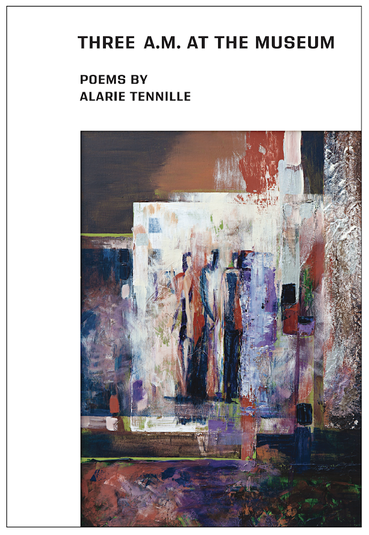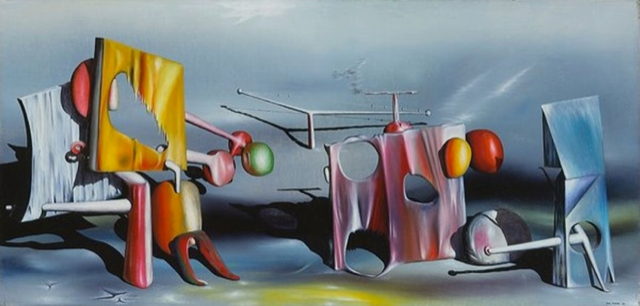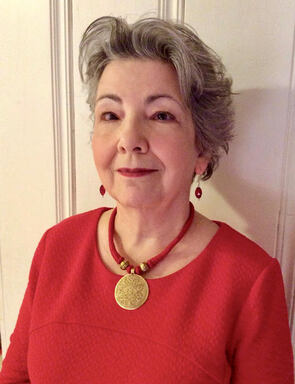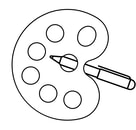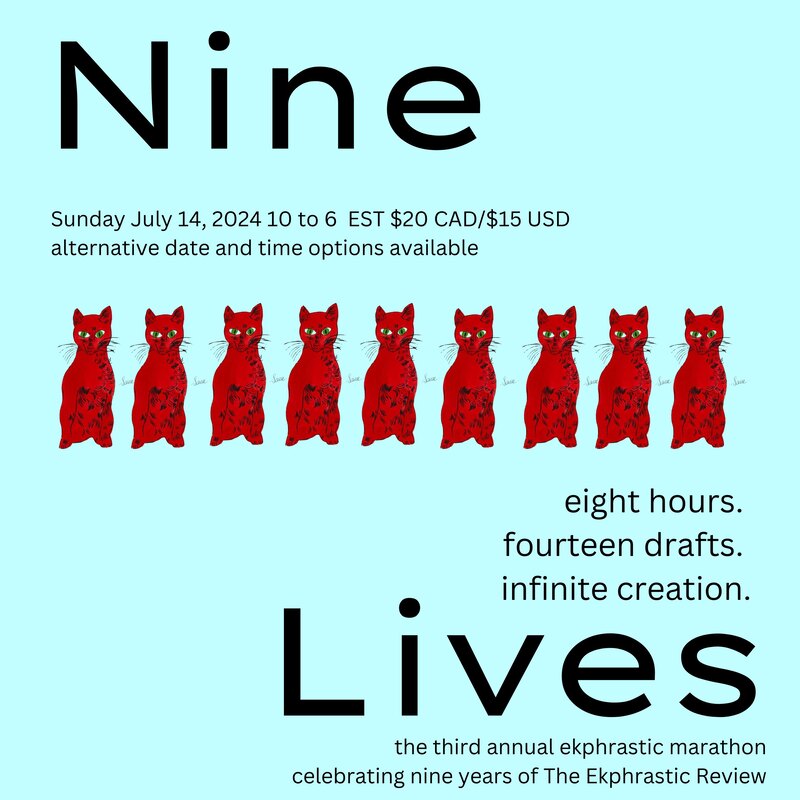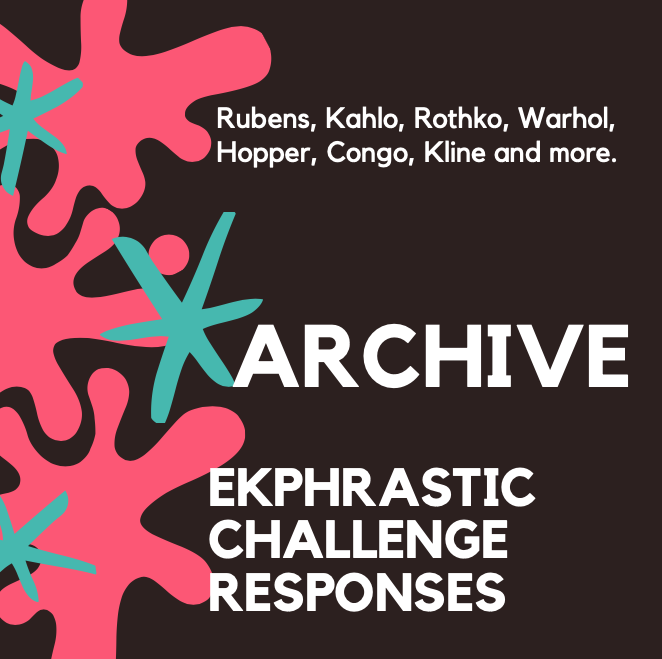|
Interview with Alarie Tennille I am honoured to interview Alarie Tennille on the debut of her third full-length poetry collection, Three A. M. at the Museum (Kelsay Books), premiering in June 2021. Tammy: First, let me congratulate you on your new book. Having had the opportunity to read your new collection of poems, it is evident that much of your writing is inspired by art. Do you have a background in art or art history, or what was the impetus behind combining art with your literary endeavors? Alarie: Like most children, I loved art, but it held even greater significance for me. It wasn’t until I was four and a half that Mama took me to an ophthalmologist and learned I was legally blind. With my first glasses, I could finally see the world! It was so amazing that it took me years to understand I still couldn’t see what everyone else did. I began trying to draw the world around me and decided I wanted to be an artist when I grew up. My first art obsession was French Impressionism. The blurry world they painted looked like my world. My family didn’t have any art books, but I pored over the “Painting” section in the World Book Encyclopedia. I also wrote short stories for fun. Didn’t everyone? At 17, a class in creative writing changed my future. I’d be an English major and writer, but I also squeezed in art history classes. As a poet, I’m grateful when any idea taps me on the shoulder, and, thanks to TER (The Ekphrastic Review), an increasing number of my poems are inspired by art. Tammy: That’s great, Alarie. In terms of ekphrastic writing, what is it that draws you to a specific piece or what is it that causes you to avoid or skip a piece of art altogether? Alarie: Well, Tammy, I’m not sure if my Muse is as stubborn as I am or if she’s my alter ego. If I look at a piece of art and tell myself, “You have nothing to say about THAT,” within a few hours, she’ll be double daring me to try. For the most part, my tastes in art are traditional: French Impressionists, 17th c. Dutch painting, and Asian art topping my list. Those are the things I’d like to have on the walls of my house, but they are not generally the most inspiring pieces to write about. I have written poems about scenes from the Bible or Greek mythology, but usually skip over them because everyone already knows the story behind the art. If I do decide to use a well-known tale, I tend to take a feminist angle for freshness. History is passed down by men. But I’d rather write to art that is more abstract and open to interpretation. It doesn’t have to be a painting either. A sculpture, photograph, or ancient artifact can suggest a rich story. Tammy: Since one of your poems is entitled "Self-Portrait in Quarantine," I’m interested to learn whether the lockdown due to the coronavirus allowed you to more easily complete your poetry collection or was it more of a hindrance? Alarie: I once had a boss who said that the problem with supervising writers is that we see every possibility and worry about it. I could make a case for the coronavirus either as a help or a hindrance to my writing. I admit I felt my productivity was stalled, especially by the many journals requesting poems about the quarantine. I didn’t want to wallow in my suffering. The poem you mention is more tongue in cheek, a way to poke fun at my whining. I did feel it was harder for me to turn out new poems last year. On the other hand, I was reading more than ever, and all writers need to recharge their creative batteries. Since I’m retired, completing a manuscript is easier now than when I was working full time. Tammy: I am astounded at how easily your writing seems to move from light and/or humorous as in your poems “Instead of the beach we go see Mrs. Joy” or “Dear Toaster” compared to the darker or spookier poems such as “Open House” or “Shivering in the Church Yard.” Do you have any advice to writers to make this transition easier? Alarie: It’s magic! Just kidding. I think that’s how life works. Tears and laughter are often part of the same day, same movie, same book. “Dear Toaster” is the one poem you named that was not ekphrastic. After years of owning a white toaster that was on its last legs, a friend bought a new Cadillac of toasters and gave me his old one: the mirrored chrome style of my childhood toasters. One glimpse of my morning face was enough for me to write it a Dear John letter. With ekphrastic poems, the art usually tells me whether to go dark or light in my approach. Thank you for giving me a chance to mention that most of the poems in this book were published at TER and have an asterisk before the word “inspiration” to remind readers they can see the art on the TER website. When I give a reading or arrange a book, I try to place a lighter poem or two after a few that have been dark for comic relief. Tammy: Now, let’s talk book title. Three A.M at the Museum is also the same title as the first poem in your book. What was it about that first poem that made you decide to use its title as the title of your book? Alarie: Experience does count. Each of my books has been assembled with a little more forethought than the book before it. The title was the last step in writing my first chapbook and book. This book and Waking on the Moon were named earlier and directed my later additions to the manuscript. Having a title also makes me more excited about doing the duller work of arranging the book. Unless there is a title poem, and this is the first time I have one, trying to fit a name over a collection is difficult. Before my previous book was published, I’d already started a file for the poems that would go into this one. Waking on the Moon also contained mainly ekphrastic poems, but I used the moon theme to play up my retirement life as a night owl. This time I began fishing for a name that would both tie into art and say something about my creative process. I decided on the book title before writing the title poem. Three a.m. is a magical hour for my writing, but more than that, I like how it echoes the sound of “museum.” I decided to use this poem as an intro, sharing my belief that art will often talk to us if we’re patient enough to sit still and listen. Tammy: Of course, I could ask questions all day but time and space mean I need to wrap this up, so let me ask you this. When you get to the last poem in your book, what process do you go through to select it and what advice might you have on choosing just the right ending? Alarie: It sounds as though you see a method to my madness, Tammy, and I appreciate that! I do believe that the first and last poems hold the most important roles in a poetry book. That’s why title poems most often come either first or last. The first poem needs to be intriguing. It’s the hook to pull the readers in and make them decide to buy your book, but I don’t want anyone to think the book ended because I ran out of steam, as sometimes happens in novels. My book is divided into six sections, and I tried to space out other favourite poems to keep the pace going. “Party for Two” was not one of the last poems written for this book. Since many of the poems are darker, and people’s spirits have been low lately, I wanted to leave them with a smile or chuckle, in the hope they’ll come back for more. My own favourite poems are the ones that most surprise me, and Reply to Red by Yves Tanguy was one of those paintings I almost walked on by. The art itself is so unusual that I worried my writing would feel dull by comparison. But it kept calling me back again…and again. I spent at least three or four days just trying to find an approach. I shook my head with each visit until bang! I knew why there was a party and who was narrating the poem. The entire poem flew onto the page after that, with just minor revisions. Thank you for your insightful questions. Alarie Tennille in conversation with Tammy Daniel Click on image above, or here, to view or purchase Alarie's new book on Amazon. Tammy Daniel (Blue Springs, MO) has a knack for all things arts and crafts and particularly enjoys dining on a buffet of art-inspired poetry. This is her first author interview. She was selected as one of New Voices of 2015 by The Writers Place in Kansas City, and her poems have appeared in The Ekphrastic Review, I-70 Review, Wild Goose Poetry Review, Anthology On Aging: The Shining Years, and elsewhere. Alarie Tennille is a longtime, regular contributor to The Ekphrastic Review. She is a valued prize nomination consultant for the journal, and has been a guest editor for our bimonthly challenges. She has won a Fantastic Ekphrastic award for her considerable contribution to the journal and to ekphrastic literature. Read a poem by Tammy Daniel here. Explore some of Alarie Tennille's ekphrastic poetry here. Editor's note: As The Ekphrastic Review editor (Lorette C. Luzajic) and fellow writer, I wrote the preface to Alarie's book. I was honoured to do so. Other Writers on Alarie's Book
I’ve never read a book quite like this. Three A.M. at the Museum becomes an exhilarating, multi-media exploration of the power of art to transform and enlarge us. In one poem, “Rothko,” Tennille praises the intrepid museum visitors who have stopped to look deeply into this perplexing mass of color and energy. “So what if you’re still confused,” she asks. “Something has shifted. / You’ve begun to talk back.” The moment recalls Rilke’s magisterial “Archaic Torso of Apollo,” with its timeless injunction that if you, the observer, are to rise to the challenge of great art, “you must change your life.” These are poems that delight, enthrall, and ultimately transform us. My idea of the perfect afternoon would be to stroll through a museum with Alarie Tennille, learning how to see. George Bilgere, author of Blood Pages and Imperial Alarie Tennille understands that sometimes we must inhabit another world in order to understand our own. Three A.M at the Museum is more invitation than book, just “waiting for someone like you / to visit.” Some of these poems are inspired by the poet’s life, some by iconic works of art, some by “the mist / between.” Don’t all of us enter another realm when we walk through a museum, when we lose ourselves in a book? This dreamy collection offers us the chance to do both. More than that, it offers us the chance to consider who we are and why we’re here. Melissa Fite Johnson, author of Green In Three A.M. at the Museum, Alarie Tennille asks us to walk with her through an art museum like the Nelson-Atkins, to stand undisturbed for as long as we wish before any painting we choose, even the security guards have made themselves invisible. She writes in the quiet hours after the noise has settled. Her poems, both ekphrastic and personal, are meditations, a stroke of the brush, a daub of color from the palette knife. They are as accessible as oil on canvas, as transparent as watercolor. A whisper in the long hall. Al Ortolani, author of Hansel and Gretel Get the Word on the Street, Rattle Chapbook Prize winner
0 Comments
Your comment will be posted after it is approved.
Leave a Reply. |
The Ekphrastic Review
COOKIES/PRIVACY
This site uses cookies to deliver your best navigation experience this time and next. Continuing here means you consent to cookies. Thank you. Join us on Facebook:
Tickled Pink Contest
April 2024
|
